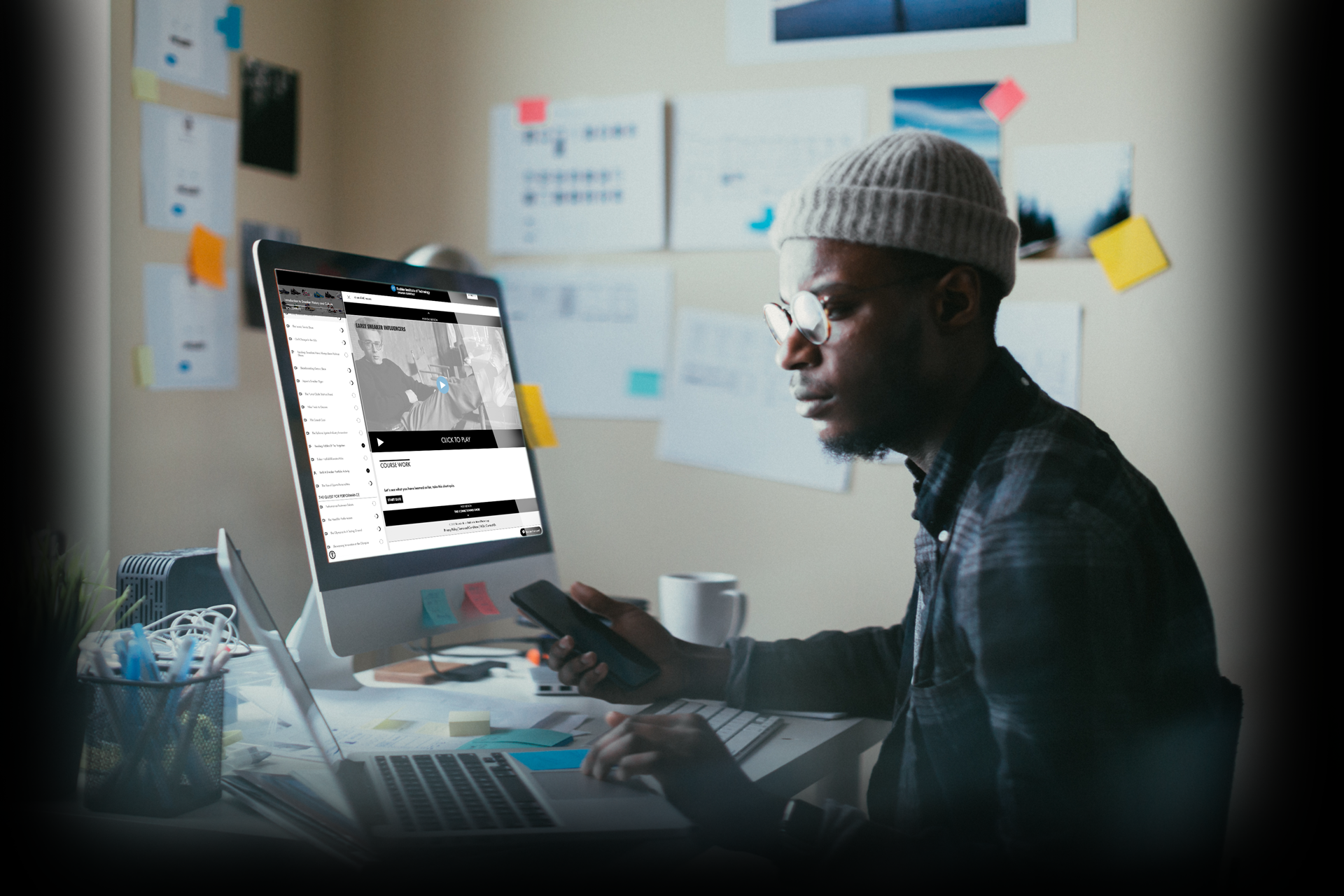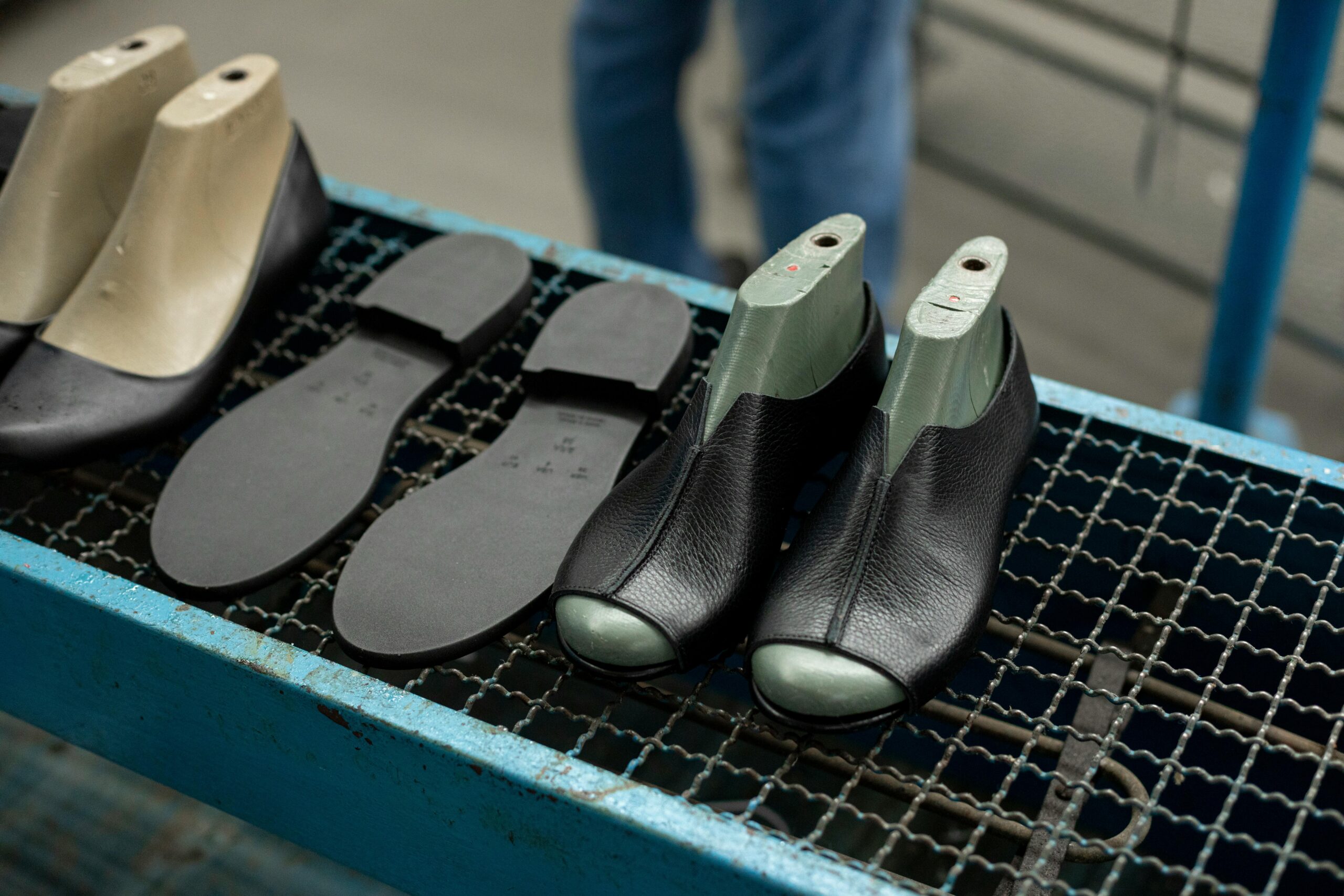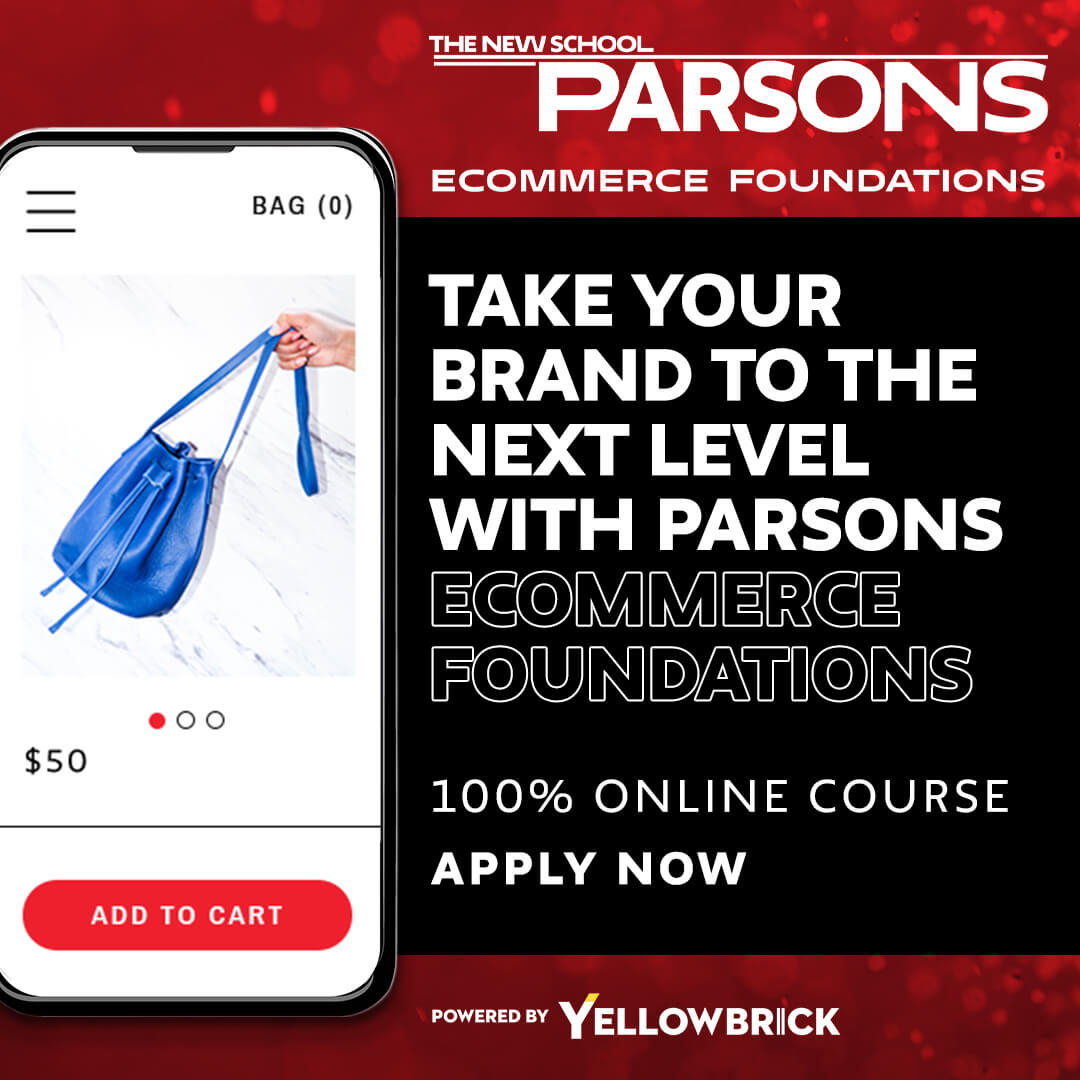Packaging design is not merely about enclosing a product; it’s an immersive journey that crafts an experience resonating with the intended audience. This guide delves into the diverse facets of packaging design, exploring its importance, fundamental principles, required skills, and a curated list of the top 10 jobs within this dynamic field.
Importance of Packaging Design
Packaging design is a strategic tool with profound implications that go beyond creating an aesthetically pleasing box:
- Brand Communication: Effectively communicates a brand’s values and personality.
- Differentiation: Sets the brand apart from competitors in a crowded marketplace.
- Influence on Purchasing Decisions: Directly impacts consumers’ choices at the point of purchase.
Principles of Packaging Design
Understanding the core principles is essential for creating impactful designs:
- Simplicity: Strive for clarity and minimalism, ensuring that the design communicates its message effectively.
- Consistency: Maintain visual harmony across all packaging elements to strengthen brand identity.
- Functionality: Prioritize practicality in design to enhance the overall user experience.
- Authenticity: Reflect the genuine identity of the brand, fostering a connection with consumers.
Skills Required in Packaging Design
Achieving success in packaging design necessitates a blend of specific skills:
- Creativity: Infuse originality into design concepts to captivate the target audience.
- Graphic Design: Possess proficiency in visual communication to convey brand messaging effectively.
- Knowledge of Materials: Understand the physical aspects of packaging materials to optimize design and functionality.
- Communication Skills: Effectively convey the brand’s story and messaging through compelling design elements.
Top 10 Jobs in Packaging Design
The dynamic field of packaging design offers diverse career opportunities. Here are the top 10 roles:
- Packaging Designer: A professional responsible for creating visually appealing and functional packaging solutions. They consider brand identity, market trends, and user experience to design packaging that effectively communicates the essence of the product.
- Brand Designer: Focuses on creating and maintaining a consistent visual identity for a brand. In packaging design, a brand designer ensures that the packaging aligns with the overall brand image, messaging, and values.
- Structural Packaging Designer: Specializes in designing the physical structure and form of packaging. They focus on the shape, material, and functionality of the packaging to ensure it is not only visually appealing but also practical for protecting and presenting the product.
- Graphic Designer: A professional who combines art and technology to create visually appealing graphics. In packaging design, a graphic designer is responsible for the visual elements of the packaging, including logos, images, and typography, to convey the brand’s message.
- Package Production Artist: Works on the technical aspects of bringing a packaging design to life. They collaborate with graphic designers and ensure that the design is translated accurately to the final packaging, considering printing processes and material specifications.
- Packaging Engineer: Applies engineering principles to design packaging that is not only visually pleasing but also functional and cost-effective. They focus on the structural integrity of the packaging, ensuring it protects the product throughout the supply chain.
- Industrial Designer: Specializes in designing products and systems for usability, aesthetics, and functionality. In packaging design, an industrial designer may work on creating innovative and ergonomic packaging solutions that enhance the overall user experience.
- Art Director: A leadership role that oversees the artistic elements of a project, ensuring they align with the overall creative vision. In packaging design, an art director provides creative direction, guiding the team to produce visually compelling and cohesive packaging.
- Creative Director: A senior-level role responsible for the overall creative vision of a project or company. In packaging design, a creative director sets the tone for the visual identity, ensuring that packaging aligns with broader brand strategies and goals.
- Packaging Consultant: A professional who provides expert advice on packaging strategies, design, and materials. Packaging consultants may work independently or with design agencies, offering insights to businesses seeking to optimize their packaging for branding and market success.
Conclusion
In the realm of packaging design, understanding its intricacies empowers designers and businesses alike to create compelling, brand-defining experiences. As packaging continues to play a pivotal role in brand success, mastering its significance and nuances becomes a cornerstone for success in the competitive market.
Key Takeaways
- Packaging design serves as a strategic tool, extending beyond aesthetics.
- Guiding principles such as simplicity, consistency, functionality, and authenticity steer effective packaging design.
- Essential skills encompass creativity, graphic design, material knowledge, and communication proficiency.
- The top 10 jobs in packaging design offer diverse career opportunities for individuals with varied expertise.
If you’re interested in pursuing a career in packaging design or want to enhance your existing skills, consider taking the “Parsons Ecommerce Foundations” online course. This comprehensive program is meticulously crafted to provide aspiring packaging designers with the knowledge and expertise needed to thrive in the dynamic world of e-commerce.







